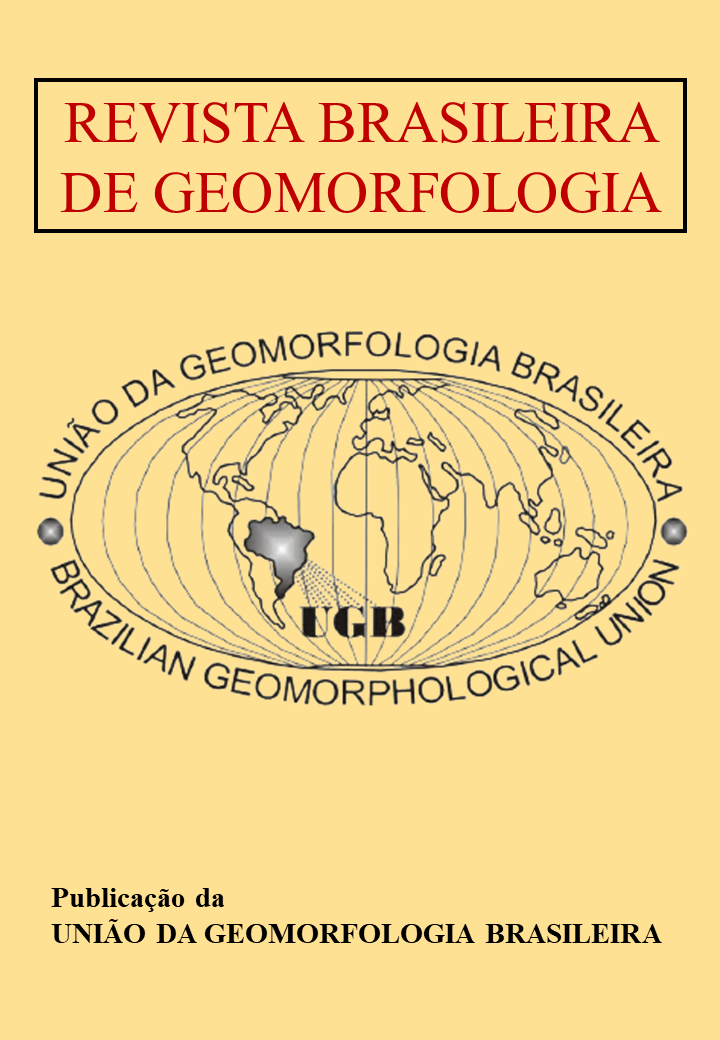How have bridges and culverts changed rivers? A scientometric investigation
DOI:
https://doi.org/10.20502/rbg.v26i2.2645Palavras-chave:
Crossing structures, Fluvial geomorphology, Channel change, Fluvial engineeringResumo
Bridges and culverts play a crucial role as connectors between river banks. However, these crossing structures alter sediment transport, flow regime, and river morphology. In this study, the aim was the scientometric analyses of studies on the morphological changes in fluvial landscapes caused by bridges and culverts with an analysis of the quantity and global distribution of scientific production. These analyses demonstrate that there is a geographical gap in characterising and quantifying geomorphological alterations. It is necessary to focus the need for additional research in diverse regions worldwide that quantify and characterises geomorphological changes according to the type of structures and their spatial distribution in the river, i.e., understanding how alterations occur upstream and downstream of the structures. Furthermore, it emphasises the importance of interdisciplinary collaboration between fluvial geomorphology and river engineering, which can enhance the development of new structural projects.
Downloads
Downloads
Publicado
Como Citar
Edição
Seção
Licença

Este trabalho está licenciado sob uma licença Creative Commons Attribution-NonCommercial 4.0 International License.
Autor(es) conservam os direitos de autor e concedem à revista o direito de primeira publicação, com o trabalho simultaneamente licenciado sob a Licença Creative Commons Attribution que permite a partilha do trabalho com reconhecimento da autoria e publicação inicial nesta revista.










